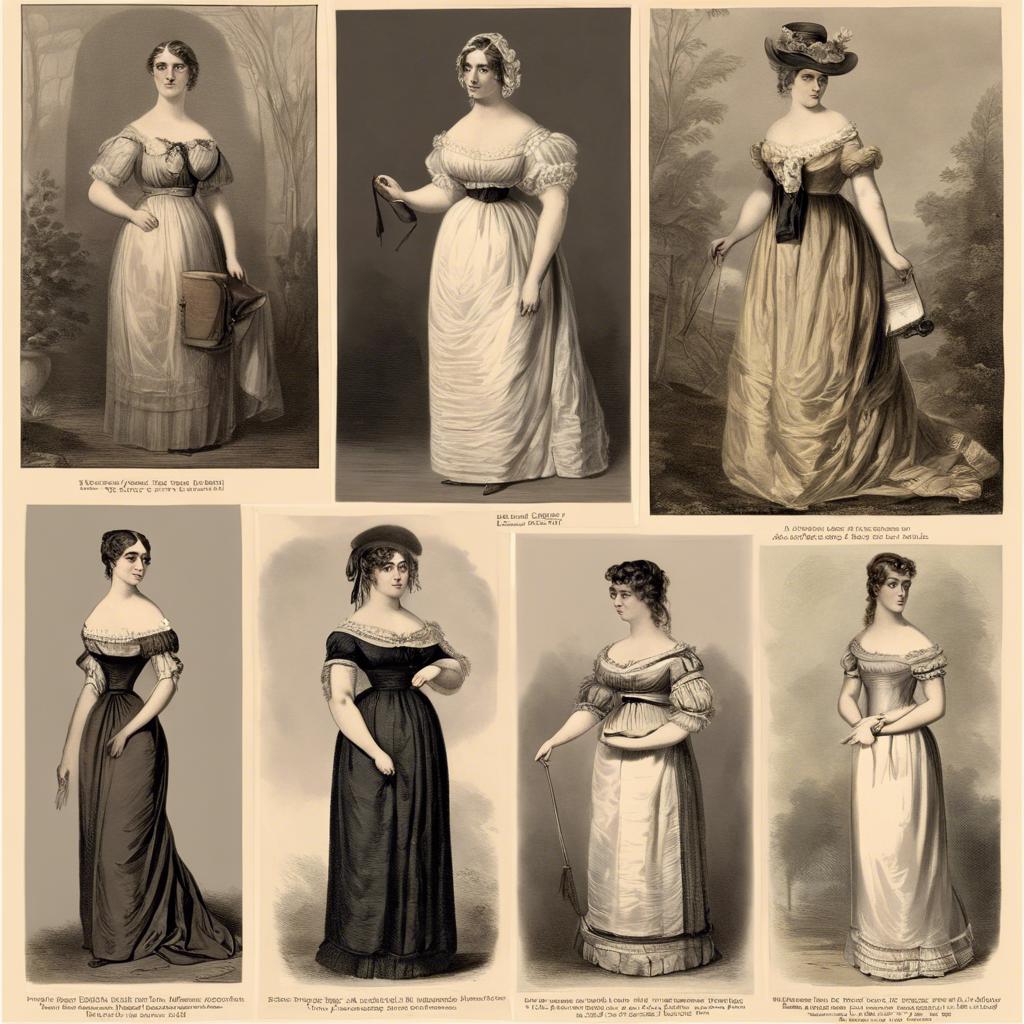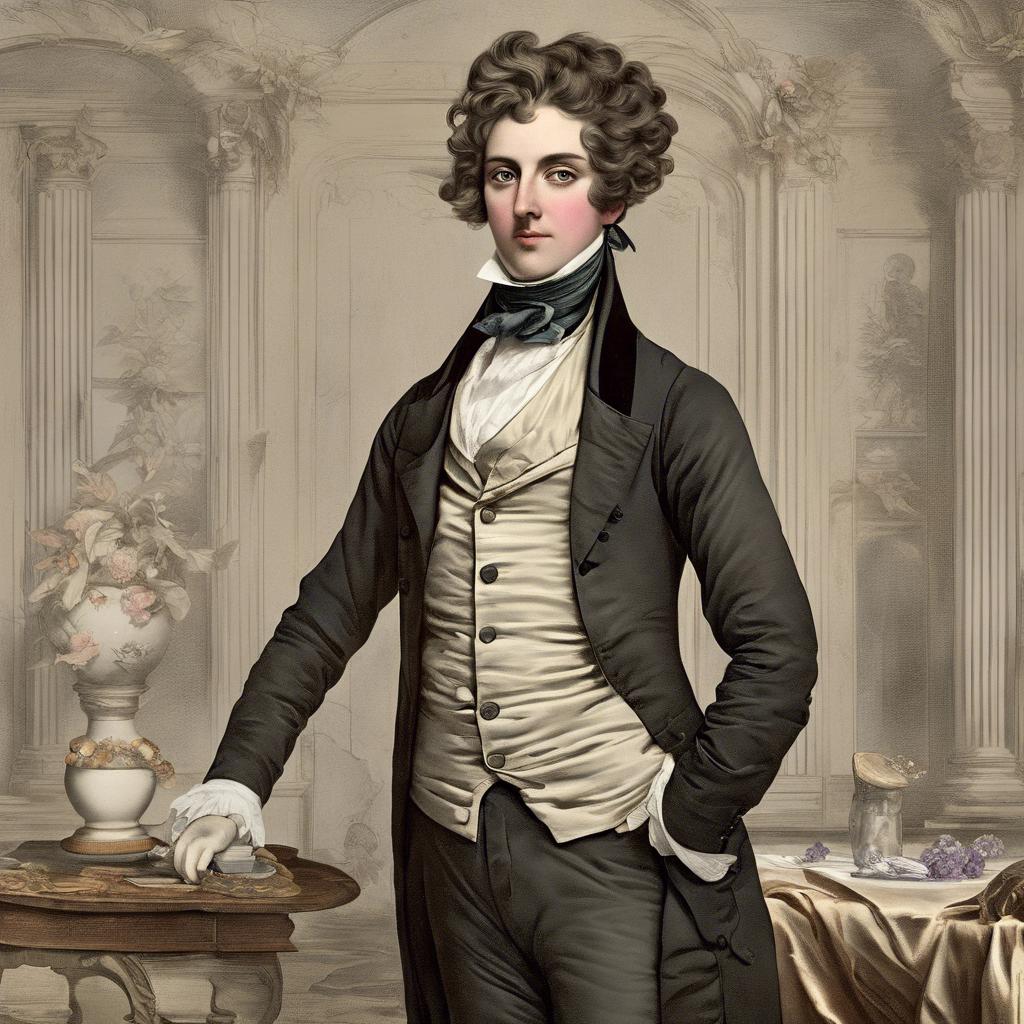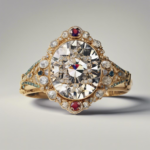During the Regency era (1811-1820), society in England was defined by strict norms and expectations, including a specific ideal body type for women. This period, marked by the reign of King George III and later King George IV, saw the emergence of a new standard of beauty that emphasized slender figures, delicate features, and graceful proportions. In this article, we will explore the characteristics of the Regency era ideal body type, examine the societal influences behind this standard, and consider the implications of this aesthetic legacy on contemporary notions of beauty.
Step Into the World of Cheryl Bolen
Dive into the enchanting stories of love, intrigue, and elegance set in the Regency Era. Cheryl Bolen's novels offer timeless romance and captivating tales that will leave you wanting more.
Explore Cheryl Bolen's Books Now
Regency Era Ideal Body Type: A Glimpse into Beauty Standards of the Early 19th Century
In the Regency Era, the ideal body type for women was vastly different from modern beauty standards. During this time, a slender and delicate figure was considered the epitome of beauty. Women were expected to have a small waist, narrow shoulders, and a graceful posture to showcase their femininity. Porcelain-like skin was also highly prized, with women often using lead-based cosmetics to achieve a pale complexion.
**Key Features of the Regency Era Ideal Body Type:**
- Slim waist
- Narrow shoulders
- Graceful posture
- Porcelain-like skin
| Aspect | Description |
|---|---|
| Waist Size | Small, emphasis on tiny waistline |
| Shoulders | Narrow and delicate |
| Posture | Upright and elegant stance |
| Skin | Porcelain complexion, fair and flawless |
Beauty standards during the Regency Era were influenced by the fashions and aesthetics of the time. The popularity of high-waisted Empire dresses further emphasized the desire for a small waist and elongated silhouette. Women often wore corsets to achieve the desired hourglass figure, despite the discomfort and health risks associated with them. This ideal body type reflected the societal values of the era, emphasizing femininity, grace, and refinement.
Understanding the Importance of Graceful Proportions and Natural Silhouettes
In the Regency era, the ideal body type was characterized by graceful proportions and natural silhouettes. Fashion during this time emphasized the beauty of a slender, delicate figure with an emphasis on elegance and refinement.
Women of the Regency era aimed for a slender waist, gently sloping shoulders, and a soft, hourglass silhouette. A common fashion trend was the empire waistline, which accentuated the natural curves of the body and created a sense of lightness and fluidity in the overall look.
To achieve the desired silhouette, women often wore empire-line dresses made of lightweight fabrics such as muslin or silk. These dresses featured high waistlines, flowing skirts, and delicate embellishments such as lace and ribbons. Accessories like ribbons, gloves, and fans were also used to enhance the overall look and add a touch of sophistication to the outfit.
Recommended Practices for Achieving the Regency Era Ideal Body Type
For those looking to achieve the ideal body type of the Regency Era, there are several recommended practices to follow in order to embody the elegance and grace of that time period. One key aspect of the Regency Era body type was a slim and delicate figure, with a focus on a small waist and gentle curves. To achieve this look, it is important to prioritize a healthy diet and regular exercise.
Diet:
- Avoid processed foods and focus on whole, natural foods
- Incorporate plenty of fruits and vegetables into your daily meals
- Limit sugar and unhealthy fats
- Stay hydrated and drink plenty of water
Exercise:
- Incorporate regular cardio exercise to help maintain a slim figure
- Incorporate strength training to help tone and strengthen muscles
- Practice activities such as dancing or walking to promote graceful movements
Embracing Elegance and Refinement: Tips for Cultivating the Classic Regency Look
During the Regency era, the ideal body type for women was one that exuded grace, elegance, and refinement. Women were expected to have a slender, slightly curved figure, with a small waist and delicate shoulders. This body type was often achieved through the use of corsets, which helped to shape and mold the silhouette into a more desirable form.
To cultivate the classic Regency look, women of this era often wore empire-waist dresses, which featured high waistlines that accentuated the small waist and created a flowing, elegant silhouette. These dresses were often made from lightweight fabrics such as muslin or silk, which added to the overall delicate and ethereal look of the outfit.
In addition to the clothing and body type, grooming and deportment were also essential aspects of embracing the Regency era style. Women were expected to have impeccable manners, refined speech, and graceful movements. Hairstyles were often simple and elegant, with women wearing their hair in soft curls or pulled back into a neat bun. cultivating the classic Regency look required attention to detail and a commitment to embodying the ideals of grace and refinement.
To Wrap It Up
the ideal body type of the Regency era was a reflection of the societal values and norms of the time. It was characterized by a delicate and slender figure, highlighted by a small waist and graceful posture. While these standards may have evolved over time, they remain a fascinating glimpse into the beauty ideals of this historical period. By understanding and appreciating the complexities of past beauty standards, we can gain a deeper appreciation for the diverse forms of beauty that exist in our world today. As we continue to study and reflect on the past, may we strive to embrace and celebrate the richness and diversity of all body types.


